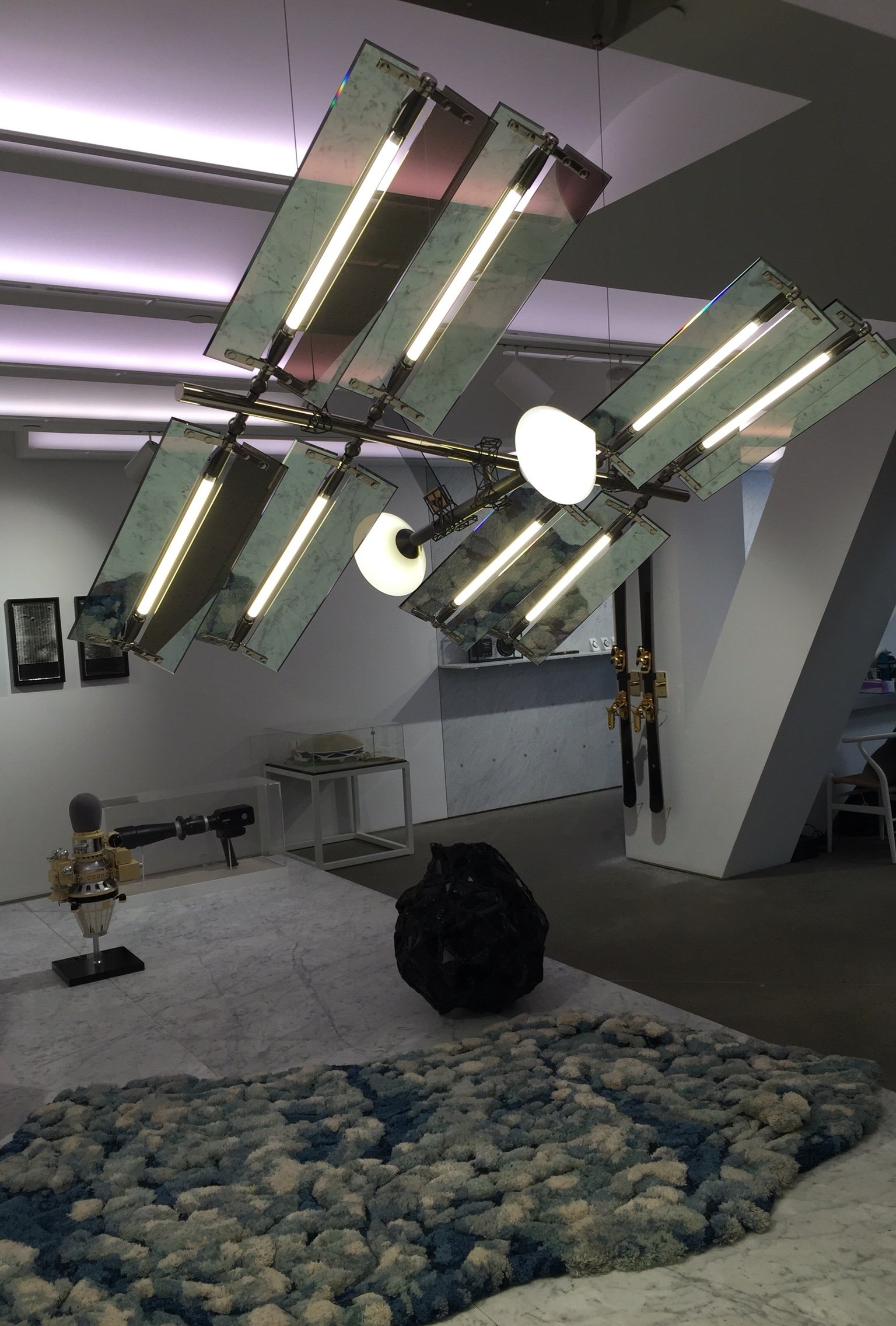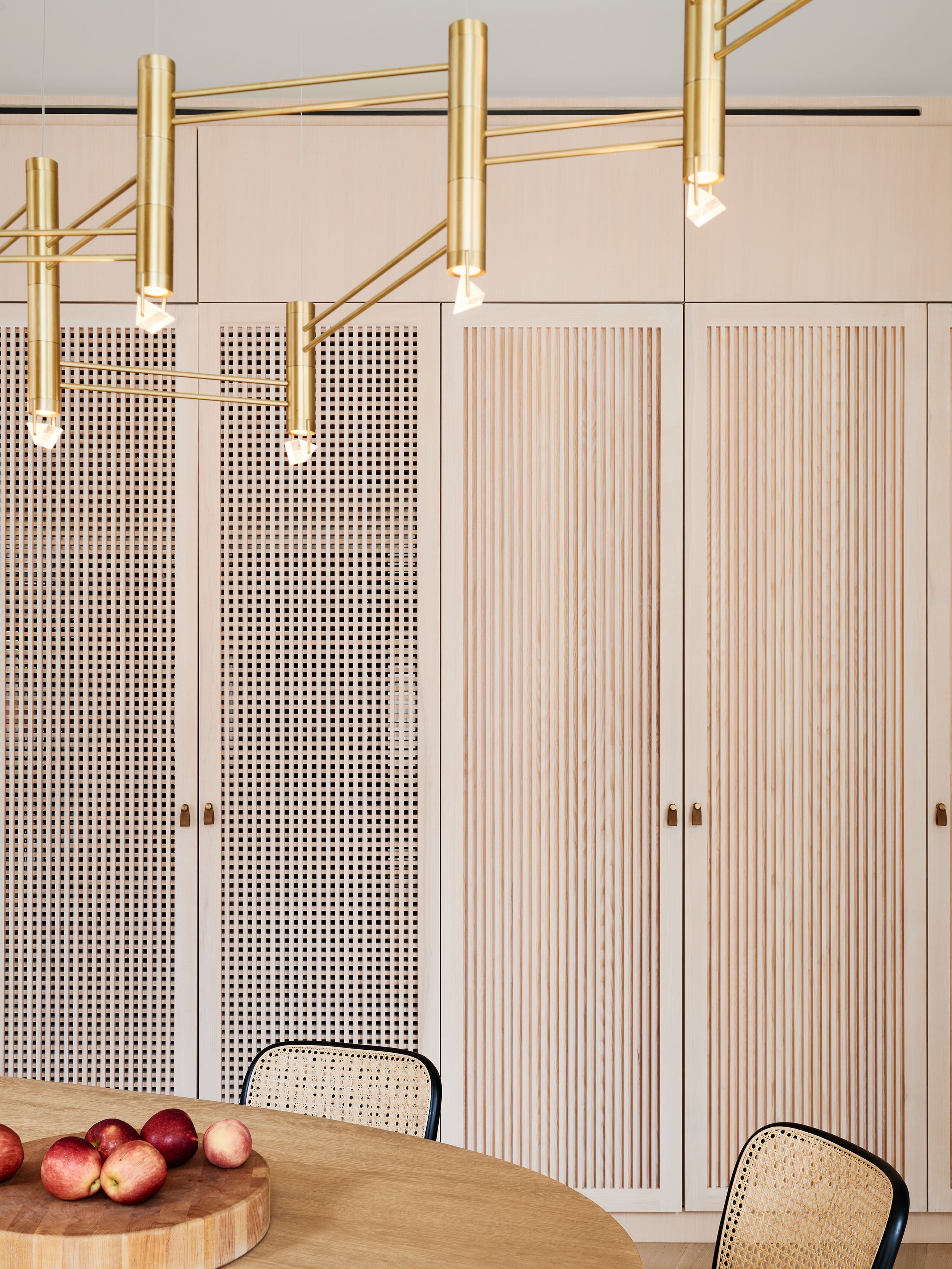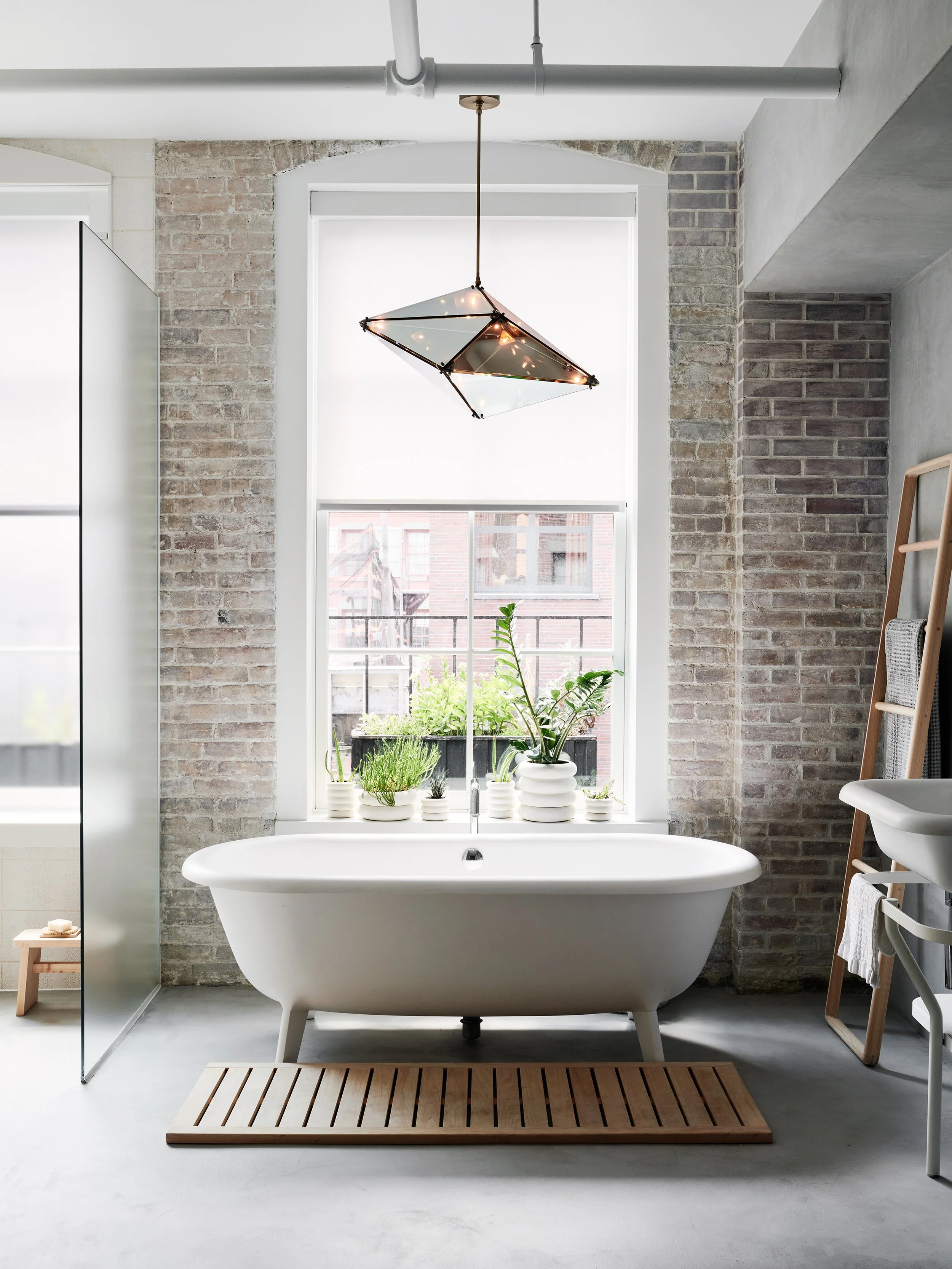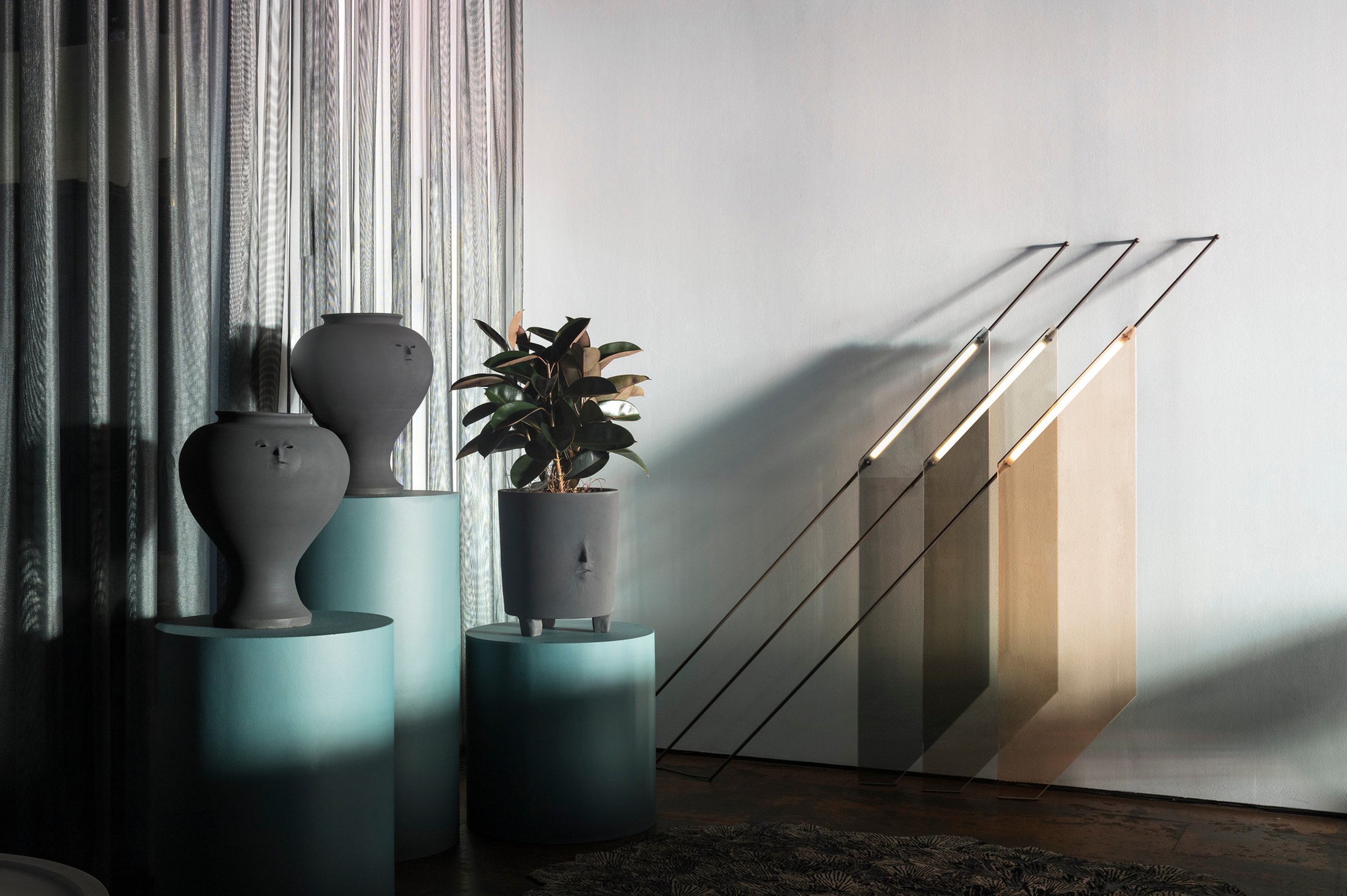MoU (Memoranda of Understanding)
For Progressland, curated by Andrew Zuckerman for Chamber Gallery, Bec Brittain created a fixture inspired by the International Space Station. A primary quality of the ISS is that of assemblage; assemblages of parts, of philosophies, of people and cultures, of governments. As one looks at the physical components of the ISS, one can begin to read into the other layers of this conglomeration, using them as keys to the full story. From a chronological approach, one can see the changes of plans, or sometimes seemingly "add-on" nature of certain elements. From a nationalistic point of view, one can see the amazing cooperation between governments and cultures that wouldn't otherwise be collaborating. From a functional approach, one can see that it is also an assemblage of instruments and tools with more human concerns of habitability. MOU (Memoranda of Understanding), of course takes its cues from the form of the ISS, but also from the key concept of assemblage. The entire piece is comprised of smaller modules in repetition, to harken back to the "add-on" nature that has been such a part of the ISS' making. Moreover, these modules, while all brass, have used different manufacturing methods, as a way to represent the different philosophies which are inherent to the different elements of the station. Finally, in order to highlight the more human-centric areas from the larger, more noticeable mechanisms of the spacecraft, different finishes were used for each of the axes: the mechanical axis is a perfect polished nickel, while the human axis is a darker, hand-worked finish. The human axis is also accented by two hand blown glass globes, representing areas of habitability.
For Progressland, curated by Andrew Zuckerman for Chamber Gallery, Bec Brittain created a fixture inspired by the International Space Station. A primary quality of the ISS is that of assemblage; assemblages of parts, of philosophies, of people and cultures, of governments. As one looks at the physical components of the ISS, one can begin to read into the other layers of this conglomeration, using them as keys to the full story. From a chronological approach, one can see the changes of plans, or sometimes seemingly "add-on" nature of certain elements. From a nationalistic point of view, one can see the amazing cooperation between governments and cultures that wouldn't otherwise be collaborating. From a functional approach, one can see that it is also an assemblage of instruments and tools with more human concerns of habitability. MOU (Memoranda of Understanding), of course takes its cues from the form of the ISS, but also from the key concept of assemblage. The entire piece is comprised of smaller modules in repetition, to harken back to the "add-on" nature that has been such a part of the ISS' making. Moreover, these modules, while all brass, have used different manufacturing methods, as a way to represent the different philosophies which are inherent to the different elements of the station. Finally, in order to highlight the more human-centric areas from the larger, more noticeable mechanisms of the spacecraft, different finishes were used for each of the axes: the mechanical axis is a perfect polished nickel, while the human axis is a darker, hand-worked finish. The human axis is also accented by two hand blown glass globes, representing areas of habitability.
For Progressland, curated by Andrew Zuckerman for Chamber Gallery, Bec Brittain created a fixture inspired by the International Space Station. A primary quality of the ISS is that of assemblage; assemblages of parts, of philosophies, of people and cultures, of governments. As one looks at the physical components of the ISS, one can begin to read into the other layers of this conglomeration, using them as keys to the full story. From a chronological approach, one can see the changes of plans, or sometimes seemingly "add-on" nature of certain elements. From a nationalistic point of view, one can see the amazing cooperation between governments and cultures that wouldn't otherwise be collaborating. From a functional approach, one can see that it is also an assemblage of instruments and tools with more human concerns of habitability. MOU (Memoranda of Understanding), of course takes its cues from the form of the ISS, but also from the key concept of assemblage. The entire piece is comprised of smaller modules in repetition, to harken back to the "add-on" nature that has been such a part of the ISS' making. Moreover, these modules, while all brass, have used different manufacturing methods, as a way to represent the different philosophies which are inherent to the different elements of the station. Finally, in order to highlight the more human-centric areas from the larger, more noticeable mechanisms of the spacecraft, different finishes were used for each of the axes: the mechanical axis is a perfect polished nickel, while the human axis is a darker, hand-worked finish. The human axis is also accented by two hand blown glass globes, representing areas of habitability.
















